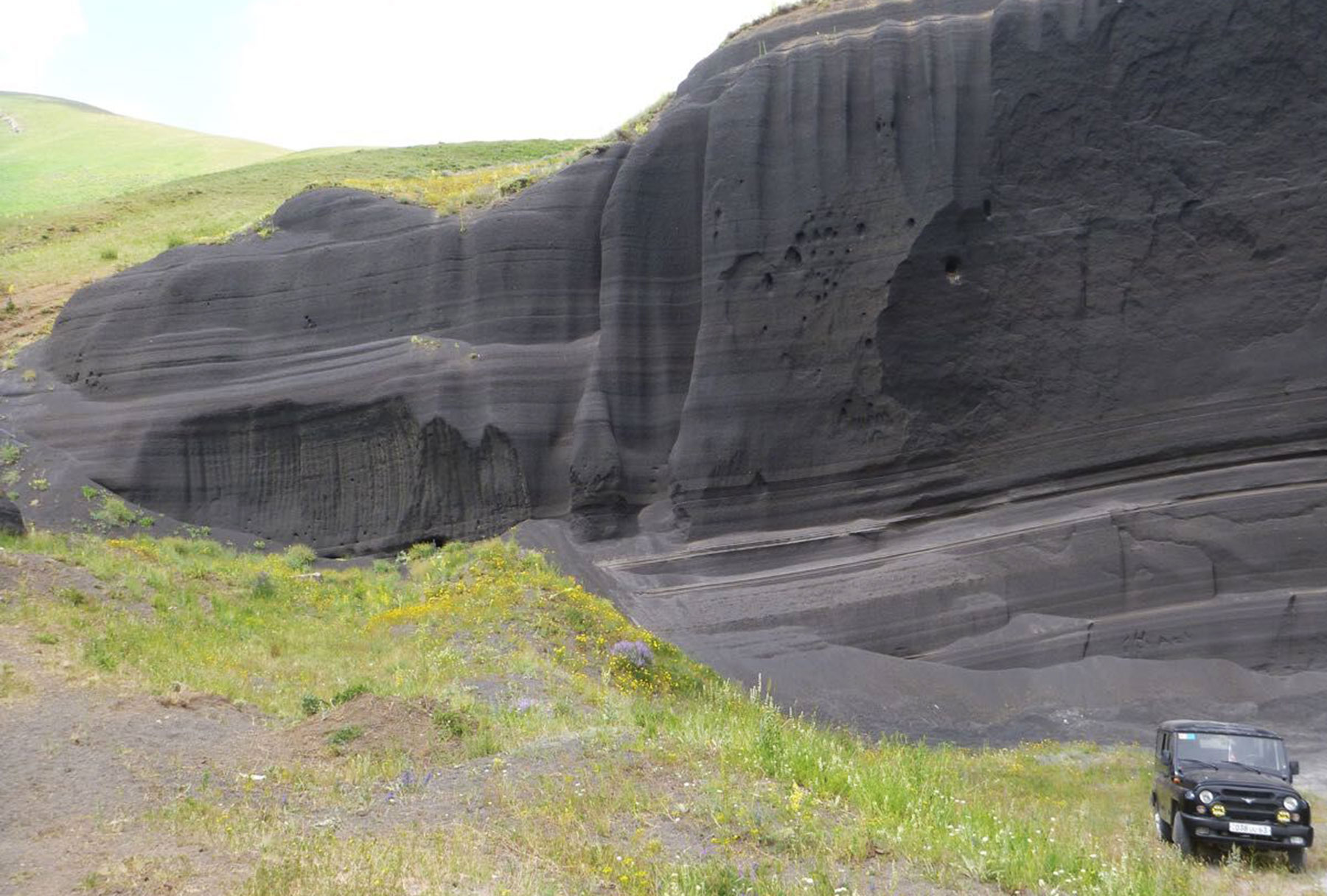PAGES (Pleistocene Archaeology, Geochronology and Environment of the Southern Caucasus)
Unravelling the story of early human expansion and behavioural evolution

About the PAGES project
The Pleistocene Archaeology, Geochronology and Environment of the Southern Caucasus (PAGES) project focusses on the Southern Caucasus, where the earliest human fossils outside Africa and the earliest evidence for advanced human behaviour have been found.
The nature and timing of the dispersal of Homo sp (our genus) across the Old World is fundamental to our understanding of human evolution during the Pleistocene (2 million to 11,500 years ago), yet current knowledge is largely based on the early stone age (Palaeolithic) records of East and Southern Africa. As a result it is presently unclear what mechanisms drove human dispersal to other geographic regions, and how technological innovations (i.e. stone tools) and ecological adaptations developed along the way.
PAGES is tackling these fundamental questions by examining the Palaeolithic archaeology and Pleistocene geology of the Southern Caucasus, an area that has received little attention compared with East Africa. PAGES brings together an international team of scientists (see below) from four existing archaeological, geological and palaeoenvironmental investigations of the Southern Caucasus:
- The Hrazdan Gorge Palaeolithic Project
- The Lori Depression Paleoanthropological Project
- The Early Pleistocene Environmental Changes in Southern Caucasus Project
- A geochronological assessment of volcanic hazards in Armenia's Ararat depression
Further information
PAGES is funded by the Leverhulme Trust.
Visit the PAGES website for in-depth information on aims and objectives, methodologies, the study area, publications and fascinating project blogs from the team members.
Meet the international research team
Principal Investigator
Prof. Keith Wilkinson, Professor in Geoarchaeology, University of Winchester
Co-Investigators
- Prof. Daniel Adler, Associate Professor, Anthropology Department, University of Connecticut
- Dr Simon Blockley, Centre for Quaternary Research, Royal Holloway, University of London
- Prof. Darren Mark, Head of the NERC Argon Isotope Facility, University of Glasgow
Project Partners
- Dr Angela Bruch, Senckenberg Research Institute, Frankfurt, Germany
- Prof. Ian Candy, Centre for Quaternary Research, Royal Holloway, University of London
- Dr Charles Egeland, Assistant Professor, University of North Carolina at Greensboro
- Boris Gasparian, The Institute of Archaeology and Ethnography, Yerevan, Armenia
- Dr Khachatur Meliksetian, Armenian Academy of Sciences
Post-Doctoral Research Assistants
- Dr Katie Preece (Univ. of Glasgow)
- Dr Rhys Timms (Royal Holloway, Univ. of London)
Other team members
- Dr Monika Knul, Lecturer in Archaeological Geomatics, University of Winchester
- Yannick Raczynski-Henk, freelance archaeologist, the Netherlands
